Harling Road Airfield, Norfolk 1916-1981
About five miles from my home, heading south on the A11, lies the village of East Harling. The English Whisky Company has a distillery there, and I recently went on a little tour of the place, courtesy of a Christmas gift from my daughters. The EWC occupies part of a site that in earlier times had other uses.
The Royal Flying Corps came to Harling Road in 1916. The airfield covered 245 acres, and included hangers, lecture rooms, gunnery instruction areas, petrol and oil stores, photographic equipment, wireless, bombing, and picture target huts. It became the home of No. 51 Squadron at that time, to help to defend the east coast of England against Zeppelin raiders.
By 1917, the 51st had been split into 88th, 89th, and 94th Squadrons, who trained here before leaving for operations in France. In March 1918, No.10 Depot Training Station had also been formed here, and the following month the Royal Air Force was formed.
Aircraft operating from the field included BE2s, FE2s, SE5s, Bristol Fighters, and Sopwith Camels. The Home Defence commitment at Harling Road ceased in 1919 when the last Squadron moved to North Weald. The airfield formally closed in 1920.
In WWII, the Black American General Service Engineers and Quartermaster Troops occupied the field; they supplied all airfields in the region. They were the 364th General Engineer Service Regiment, 2nd Battalion, Companys D, E, and F, the 529th Quartermaster Service Battalion, Company C, and the 829th Engineer Aviation Battalion, Company C.
After WWII, the airfield continued as an engineering park until 1981. Although most of the buildings are now demolished, the site is still operational as an industrial site.
One or two of the remaining buildings are in fact the original RFC hangers, and are under Grade 1 protection as listed buildings.
(Photographs and information reproduced courtesy Richard Burlingham.)
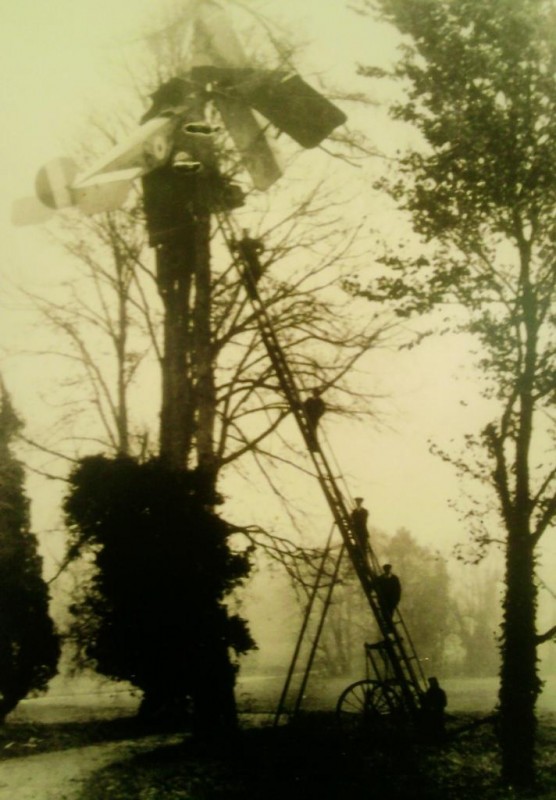
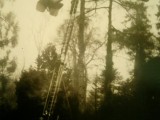

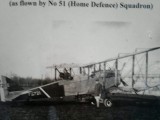
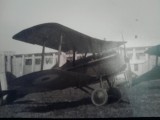
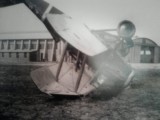
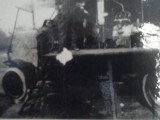
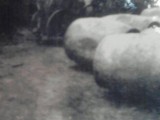
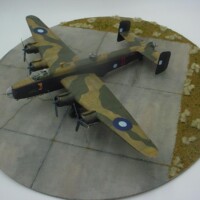
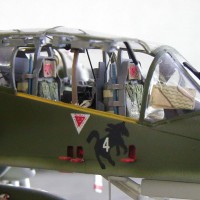
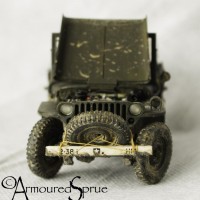

Thanks for sharing the pictures. Always interesting to know a location's history.
I assume that item at the top of the tree is not a Christmas decoration.
The nurses at the bottom give a rather ominus twist to the occasion.
Thanks Rob. Interesting history to the site. I am glad that some of the buildings still exist and are under protection.
ouch...heck of a ladder
Rob,
Great story. You have so much history in your Country and this is just one small example. Thanks for sharing this.